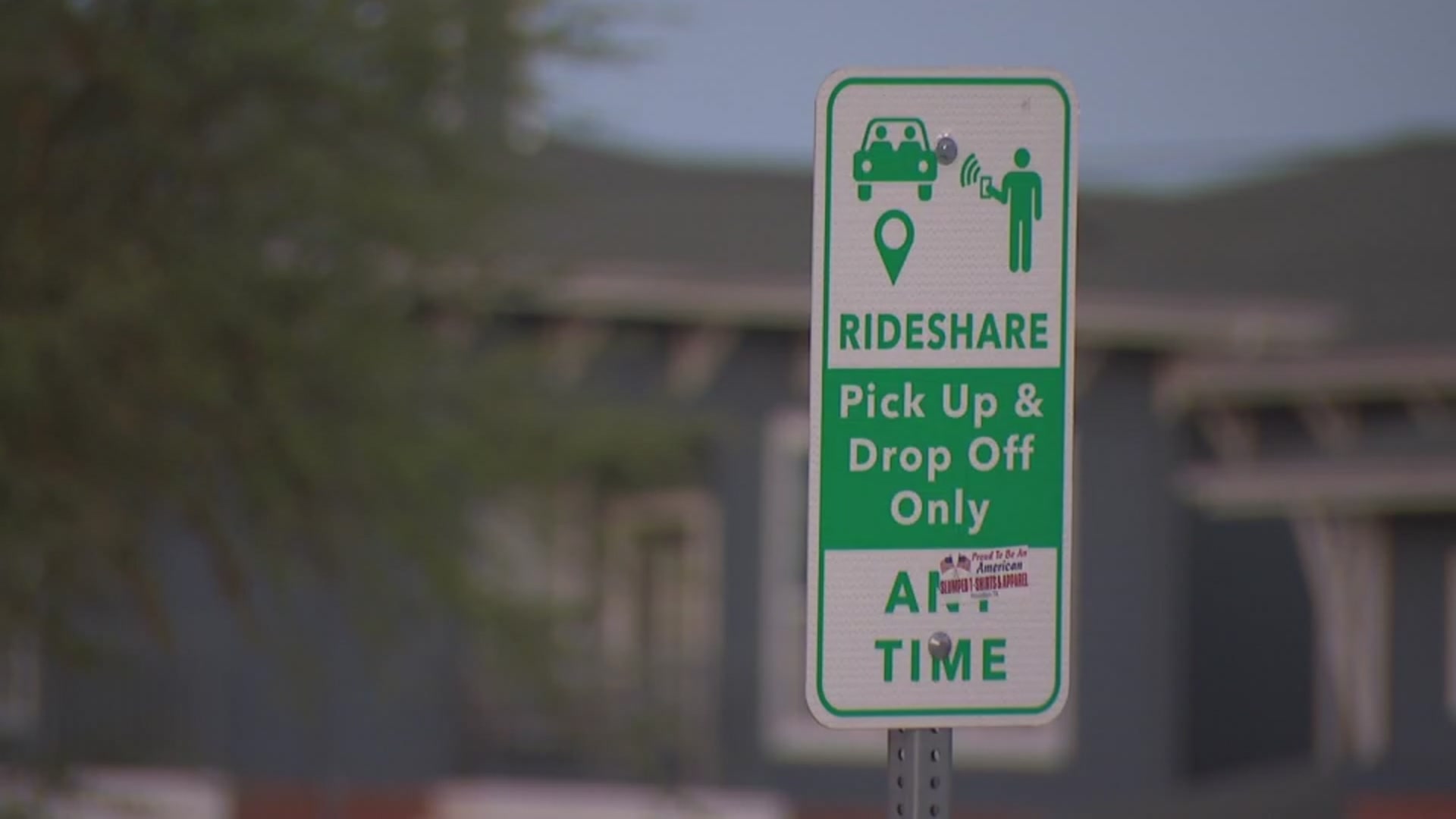An energy conference in North Texas is hosting bright minds to talk about what it takes to keep the lights on. NBC 5’s Alanna Quillen has the details.
If you’ve noticed heavier traffic and bigger crowds in downtown Dallas this week, there’s a reason—tens of thousands of energy industry leaders have arrived for DISTRIBUTECH 2025 at the Kay Bailey Hutchison Convention Center.
The annual conference, also called DTECH, brings together top experts from around the world to discuss some of the biggest challenges facing the energy sector, including the rising demand on the Texas power grid.
Watch NBC 5 free wherever you are
Texas is a fitting place to host the conference, given its booming population, the rise of electric vehicles, and the rapid expansion of data centers. All of these factors are increasing energy consumption at a time when grid reliability is already a major concern.
Marina Donovan, Vice President of Global Marketing at energy tech giant Itron, outlined three key challenges that utilities face today, starting with aging infrastructure.
Get top local stories in DFW delivered to you every morning with NBC DFW's News Headlines newsletter.
“People take it for granted that the lights will turn on, the water will flow, and the gas will work properly,” she said. “However, in many parts of the country, infrastructure is up to 80 years old and replacing it would cost hundreds of trillions of dollars.”
Extreme weather like hurricanes, tornadoes, wildfires, and extreme winds are another challenge and companies are coming up with ways to protect systems against it.
The third challenge is growing demand and how to support it, such as growing populations, the rapid adoption of electric vehicles and the rise of artificial intelligence.
Local
The latest news from around North Texas.
“Every internet search requires energy, leading to data centers popping up everywhere, including in your town. Experts predict that the grid will double or triple in size over the next decade,” said Donovan.
She added that AI and data-driven solutions will play a crucial role in modernizing the energy sector.
“We’re working to help orchestrate that so you can better manage your energy because the grid only has so much capacity,” she said. “We’re here to make it more efficient and more reliable.”
MICROGRIDS
As utilities race to keep up with demand, experts say artificial intelligence and microgrid technology are two key solutions that will shape the future of energy.
“There are a lot of challenges in Texas and across the country, and load growth is a big one,” said Jerry Dempsey, Chief Business Development Officer for OATI, a company specializing in utility software solutions. “Utilities need to find solutions, from software to hardware, to manage all the new customers coming in.”
Dempsey says AI is already being used at the utility level, providing real-time data analysis and predictive maintenance to help prevent power outages.
“AI can be used in so many ways, from software systems that help utilities manage their loads to tools that allow consumers to optimize their energy usage,” he said.
Another major topic of discussion at the conference is microgrid technology— a way to make power systems more self-sufficient and resilient.
“These are smaller geographical areas that can be self-contained inside what they call a microgrid,” Dempsey explained. “They can be more resilient by using batteries, software controls, and other technologies to enhance reliability. Utilities are working with us to deploy these solutions because they allow for targeted resiliency in strategic areas, critical facilities, or even data centers.”
Microgrids can operate independently from the main grid, which is crucial during outages or extreme weather events. It can also be a solution to help off-set the demand created by data centers.
“One major advantage of microgrids is that they can disconnect from the main grid if a problem arises,” Dempsey said. “The microgrid can detect an issue, separate itself, and continue operating independently.”
WORKFORCE NEEDS
Beyond new technology, industry leaders say another critical challenge is hiring and training the next generation of energy workers.
“The challenges we have now are really substantial,” said Mark Carpenter, senior vice president of Transmission & Distribution Operations for ONCOR. “But the tools that we have to meet those challenges are even greater than the challenges we've got.”
Carpenter says conferences like DTECH 2025 help bring together diverse perspectives to solve complex energy problems.
“This conference has gone on for a number of years, and it's evolved as the challenges have evolved,” he said. “It really does bring together lots of very diverse people to solve what I consider problems that have to have a diverse group of people solving them.”
Carpenter highlighted the great need for line workers, technicians, engineers and other careers within the energy sector that will be needed to keep up with the ever-growing demand of electricity, especially in places like Texas.
"It is challenging because the rate of growth is very fast, but I'm confident that we've got the right kind of focus in this state to make that happen,” he said.



